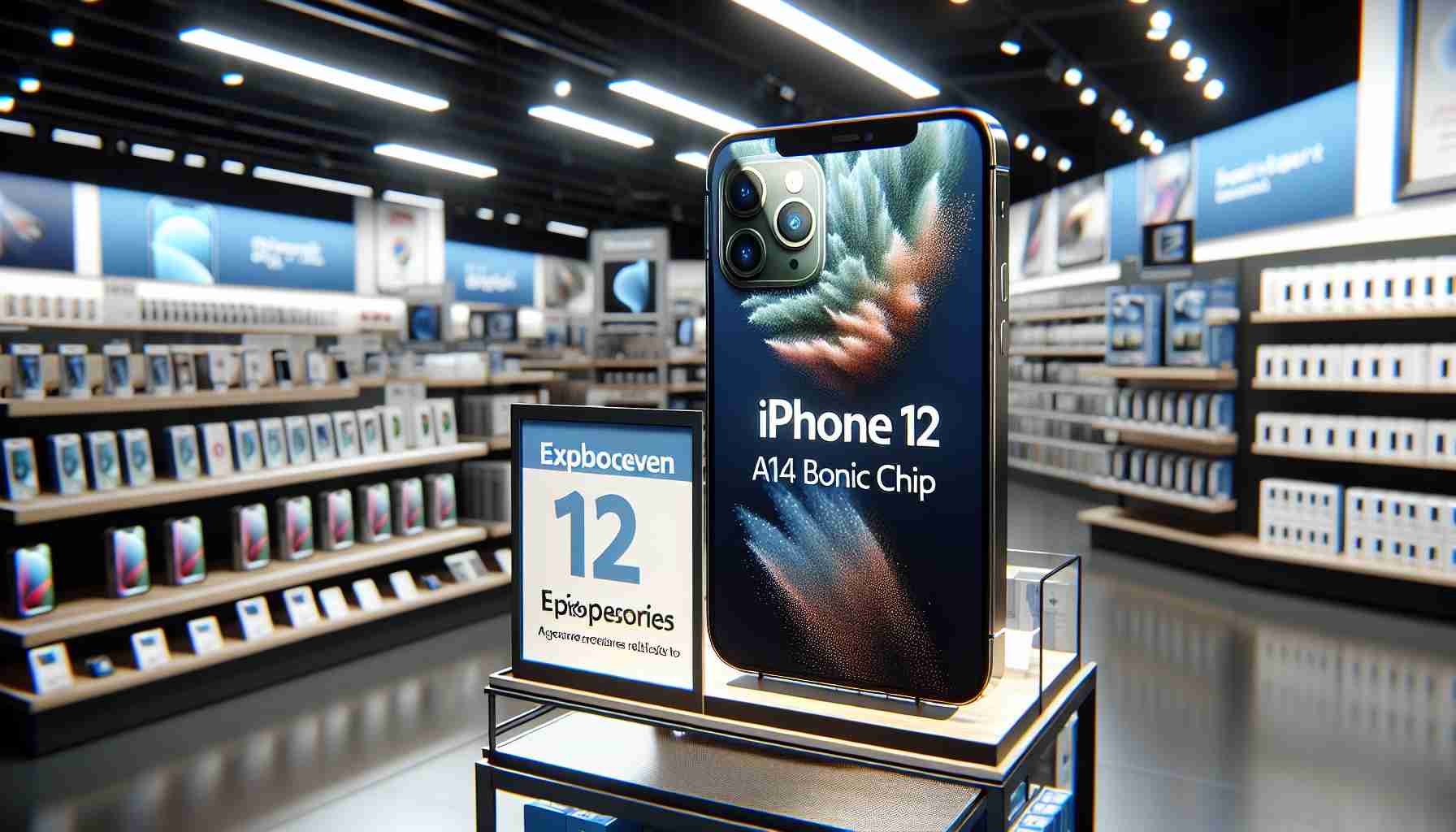An enticing new promotion has been announced by BİM, unveiling the arrival of the iPhone 12 in stores on the 24th of May. This smartphone stands out with its A14 Bionic processor, which promises brisk performance through the year 2024, bolstered by 4 GB of RAM.
The heart of the iPhone 12 is the powerful A14 Bionic chip, which sets a high bar for processing capabilities. This central processor rewards users with an impressively swift performance. In a notable shift from its predecessor, the iPhone 11, the new iPhone 12 flaunts an OLED display instead of an LCD, enhancing visual depth with its richer black tones.
It features a 6.1-inch Super Retina XDR OLED screen, sporting a resolution of 2,532 x 1,172 pixels. The inclusion of True Tone technology allows the phone to adjust its white balance automatically, rendering images with striking natural quality.
The camera system receives a substantial upgrade in the iPhone 12; the aperture in the 12-megapixel camera is an expansive F/1.6, significantly brighter than the previous F/1.8 offering, allowing for superior photos in low-light environments. According to Apple, the new wide-angle camera is engineered to capture up to 27% more light.
This launch is rivaled by an exclusive discount opportunity for the Samsung Galaxy S23 5G, which is powered by Snapdragon 8 Gen 2 processor, offering potential savings up to 11,500 TL in May 2024.
Advanced A14 Bionic Chip: The introduction of the A14 Bionic chip in the iPhone 12 represents a technological leap in smartphone processing power. As the first chip in the smartphone industry built on a 5-nanometer process, it contains 11.8 billion transistors that significantly enhance performance and efficiency. This chip also marks a milestone as it’s the first to feature Apple’s second-generation Neural Engine for advanced machine learning in apps and the operating system.
OLED vs. LCD Displays: The transition to an OLED display in the iPhone 12 marks a substantial improvement over the LCD screens used in previous models like the iPhone 11. OLED screens have a number of advantages, including higher contrast ratios, deeper blacks, and improved power efficiency per pixel, leading to a potentially better battery life and a more vibrant display experience.
Camera Enhancements: The iPhone 12’s camera upgrades not only involve a wider aperture for the wide-angle camera but also include improvements to the Night Mode feature, Deep Fusion technology for better texture and detail in images, and Smart HDR 3 for more realistic photos. These features rely heavily on the computational photography capabilities of the A14 Bionic chip.
Competition: The iPhone 12’s direct competitor mentioned, the Samsung Galaxy S23 5G, showcases the importance of competition within the smartphone market. This competition fuels innovation and offers consumers a wider choice when selecting devices based on technological advancements, pricing, and feature sets.
Advantages:
– A14 Bionic chip’s energy efficiency contributes to longer battery life.
– Improved OLED display provides more dynamic visuals and color accuracy.
– Camera improvements offer enhanced low-light photography and computational photography features.
Disadvantages:
– The iPhone 12 might be expensive for some consumers.
– Existing iPhone users may not find the upgrade compelling enough if they have recent models.
– The iPhone 12 lacks a high refresh rate screen that competitors may offer.
Suggested Related Links:
– Apple: Learn more about Apple products and the A14 Bionic chip specifications.
– Samsung: Explore details on Samsung’s latest smartphones and technology.
Key Questions:
– How does the iPhone 12 compare to its predecessors in terms of improvements and value proposition?
– What are the significant differences between the iPhone 12’s A14 Bionic chip and the Snapdragon 8 Gen 2 processor found in competitors like the Samsung Galaxy S23 5G?
– What are the considerations for consumers choosing between the iPhone 12 and its rivals, considering the differences in ecosystem, hardware, and price?
Challenges or Controversies:
One key challenge associated with the iPhone 12 is justifying the upgrade for users with previous models, as the differences might not warrant the price difference for everyone. Moreover, controversies may arise concerning Apple’s decision to not include a power adapter or headphones in the box, which was a change introduced with the iPhone 12 series to reduce electronic waste. This move has been met with both praise and criticism from the consumer base. Additionally, Apple’s control over the App Store and its insistence on using proprietary hardware components has also been a subject of debate and regulatory scrutiny.
